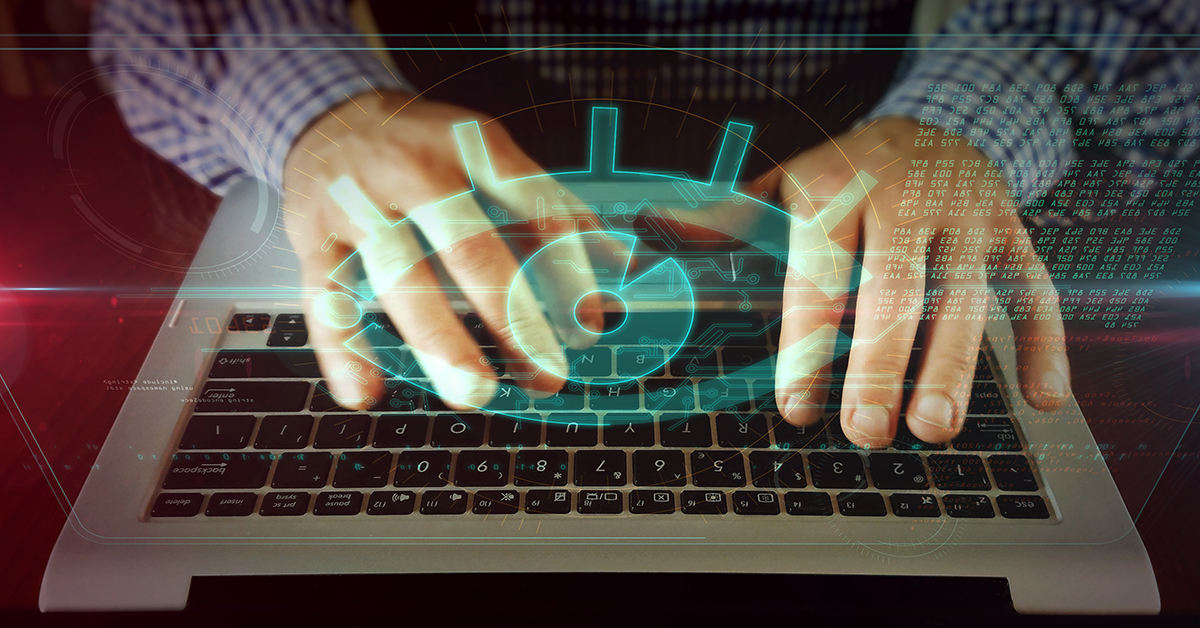
The rising trend of remote work has brought with it a host of security challenges. The boundaries of corporate networks have blurred, necessitating a new approach to securing sensitive data and systems. How can organizations ensure optimal security while employees work remotely?
CHALLENGES FOR REMOTE WORK SECURITY
Remote work has indeed become the new norm for many businesses worldwide, yet it also presents a number of significant security challenges. The concerns range from securing data in transit to managing access controls effectively, and it’s critical for an organization to address these issues to maintain secure operations.
SECURING DATA
One major challenge with remote work security is securing data in transit. With the shift to a decentralized workforce, sensitive information often travels between different locations rather than within a secured office network. This movement exposes data to potential interception or tampering during its transit. Ensuring end-to-end encryption across all communication channels becomes pivotal but is often challenging due to practical implementation hurdles and employee complacency.
ACCESS CONTROL (OR LACK THEREOF)
Another issue is maintaining robust access controls. Remote working necessitates the use of various digital tools and platforms that could potentially be accessed without proper authorization. This opens up avenues for unauthorized users or malicious actors to gain access to sensitive data or systems. Implementing strict user identity verification methods like Multi-Factor Authentication (MFA) can mitigate this risk, albeit it requires rigorous management.
BYOD SECURITY
Moreover, personal devices used by employees for work purposes pose another significant challenge. These devices may not have the same level of security measures as corporate ones and are more prone to malware attacks or breaches. It’s difficult but essential for organizations to enforce a comprehensive BYOD (Bring Your Own Device) policy that includes regularly updating security software on those devices and educating employees about safe practices.
PHISHING ATTACKS
Lastly, there’s an increased risk of phishing attacks as cybercriminals take advantage of the remote work scenario where employees might feel isolated and more susceptible to clicking on fraudulent links. Awareness training and simulations can help counter such threats, but ensuring consistent vigilance among all team members is an uphill task.
In summary, while remote work offers numerous benefits, the associated security challenges cannot be overlooked if businesses want their operations to run smoothly and securely.
BEST PRACTICES FOR REMOTE WORK SECURITY
If you want your remote workforce to not be a security threat, you’ll need a cybersecurity plan. Here are some best practices for remote work security:
RISK ASSESSMENTS
Risk assessments for remote work security are vital to identifying vulnerabilities and threats inherent in a distributed work environment, thus supporting the development of effective mitigation strategies. These assessments involve evaluating potential risks such as insecure home networks, unauthorized access, device theft or loss, and unsecured data transmission. They also take into account the impact of human error, like employees falling victim to phishing scams or improper handling of sensitive information.
- Regular Vulnerability Scanning and Penetration Testing: Regular vulnerability scanning identifies weaknesses in your system that hackers could exploit. Penetration testing elevates this process by simulating real-world attacks on these vulnerabilities, helping you understand how they might be exploited and how to fix them,
- Instituting Cybersecurity Controls: Once these potential risks are identified, an organization can establish targeted policies and controls including encryption, VPN use, secure file-sharing practices, regular software updates, and stringent authentication procedures. In addition, continuous monitoring and regular audits should be in place to ensure that security measures remain effective over time.
ADVANCED SECURITY CONTROLS
Advanced security controls are crucial elements ensuring the safety and integrity of data, especially in the remote work environment. They provide robust protection mechanisms that help prevent unauthorized access, safeguard sensitive information, and maintain operation continuity even in dispersed work setups.
- Embracing Multi-Factor Authentication: Multi-Factor Authentication (MFA) adds an extra layer of protection on top of usernames and passwords. Besides requiring something you know (your password), MFA also demands something you have (like your phone) or something you are (biometrics). By deploying MFA, businesses can significantly reduce the risk of unauthorized access.
- Implementing Firewalls and Intrusion Detection Systems: Firewalls serve as the first line of defense against cyber threats. They filter out malicious traffic and prevent unauthorized access to your network. Coupled with intrusion detection systems, these tools offer proactive surveillance against cyber threats.
DEVICE SECURITY MEASURES
In the era of remote work, maintaining robust device security measures has become more important than ever. Secure access to company resources can be ensured by employing solutions such as Virtual Private Networks (VPN), which encrypts data in transit. Regular updates and patches should be applied to all devices to protect against new security threats.
- Endpoint Protection: Endpoint protection solutions defend all devices connected to your network from potential cyber-attacks, including laptops, smartphones, tablets, and servers used by remote workers. These tools go beyond traditional antivirus software by incorporating features like threat intelligence and behavioral analysis.
- Secure VPNs: Virtual Private Networks (VPNs) mask IP addresses and encrypt internet connections, making it safer for employees to access corporate resources remotely. Using a secure VPN helps protect sensitive data during transit over potentially insecure networks such as public Wi-Fi.
- Antivirus Software: Anti-malware software should also be installed to protect from viruses and other malicious software.
- Mobile Device Management (MDM): Companies could also implement Mobile Device Management (MDM) solutions that allow control over company-owned devices, further safeguarding sensitive data.
- Employee Training: Employees often represent an organization’s weakest link in terms of security. Regular training sessions on secure working practices, such as recognizing phishing emails or using secure passwords, can significantly enhance your remote work security posture.
ENHANCE REMOTE WORK SECURITY WITH DOING BETTER BUSINESS SOLUTIONS
Doing Better Business offers comprehensive document management solutions and managed IT services geared towards the future of work: remote operations. Our document management solutions centralize your documents in a secure, accessible environment that can be accessed by your team from anywhere, anytime. We ensure smooth collaboration with features such as version control, document-level permissions, and audit trails. With our automatic backup system, you never have to worry about losing critical data.
In addition, our managed IT services allow you to delegate your IT operations confidently to experts who possess extensive understanding and superior resources for tackling potential risks. This is especially beneficial for Small and Medium Enterprises (SMEs) lacking in-house expertise or larger firms seeking to streamline their operations while adapting to remote work. As the trend towards remote working continues unabated, adopting Doing Better Business’s robust solutions today will help secure your business’s future. We provide you with not just flexibility but also safety in this evolving era.
Ready to embrace an optimized approach towards handling documents and IT? Contact Doing Better Business today!
Topics: secure documents, security, remote work, cybersecurity, video conferencing

